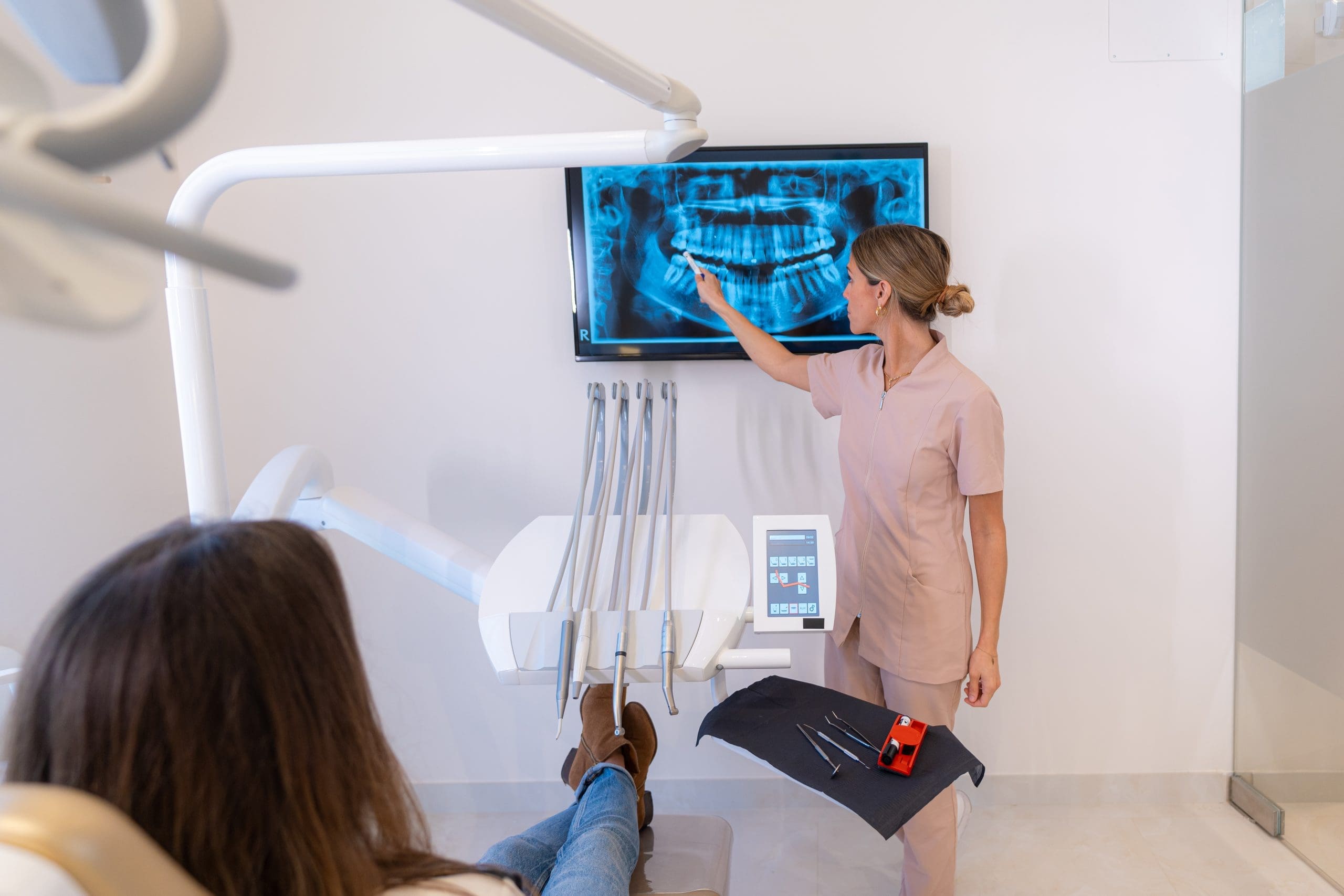Have you ever wondered how digital X-ray technology works? Digital X-ray technology explained in simple terms involves using digital X-ray sensors instead of traditional photographic film. This advancement allows for immediate image preview and availability, enhancing the efficiency of medical evaluations without the need for physical film processing.
Digital X-ray Technology Explained: Basics of Digital X-Ray Technology
Digital X-ray technology has revolutionized the field of medical imaging, offering enhanced image quality and faster processing times compared to traditional film-based methods. At its core, digital X-ray technology uses digital X-ray sensors instead of traditional photographic film. This change not only speeds up the entire imaging process but also reduces the amount of radiation exposure to patients. The captured images are instantly available for review and can be easily shared among healthcare providers, facilitating quicker diagnosis and treatment.
Understanding the mechanics and benefits of this innovative technology can significantly demystify its widespread use in modern medicine. For a more in-depth look at how this technology functions, consider exploring How Digital X-Rays Work: A Beginner’s Guide. This resource provides a comprehensive breakdown, ensuring that even those new to the concept can grasp how digital X-rays enhance healthcare diagnostics.
Key Components of Digital X-Ray Machines
Digital X-ray technology explained in simple terms revolves around the essential components that make up digital X-ray machines. These machines typically consist of a digital detector, an X-ray tube, and a processing unit. The digital detector acts as the modern-day equivalent of X-ray film but is capable of converting X-ray radiation into electronic data instantly. This data is then sent to the processing unit, which uses sophisticated software to create detailed images that can be viewed on a computer screen almost immediately after exposure.
The X-ray tube is another crucial component, responsible for generating the X-rays themselves. It does this by accelerating electrons at a metal target, which in turn produces the X-rays. Together, these components work seamlessly to provide clearer, faster, and more efficient imaging compared to traditional methods. Understanding how these parts function together helps demystify how digital X-ray systems operate and the advancements they bring to medical imaging. Explore Digital X-Rays in Okatie.
How Digital X-Rays Work
Digital X-ray technology explained in simple terms revolves around the use of digital X-ray sensors instead of traditional photographic film. When an X-ray is taken, the machine directs X-rays through the body, capturing images of the internal structures. These rays are absorbed at varying levels depending on the density of the material they pass through, such as bones or soft tissues. The digital sensors then capture these variations and convert the patterns into digital images. This process allows for immediate viewing and manipulation of the images by healthcare professionals, enhancing the efficiency and accuracy of diagnostic procedures.
Differences Between Analog and Digital X-Rays
When discussing digital X-ray technology explained in simple terms, it’s crucial to understand the fundamental differences between analog and digital X-rays. Analog X-rays, the traditional method, use film to capture images, which then require chemical processing to develop, much like old camera film. On the other hand, digital X-rays capture images electronically, without the need for film. This digital method allows for immediate viewing of the images on a computer, enhancing the efficiency of the review process. The transition from analog to digital X-ray technology marks a significant advancement in how medical imaging is performed, streamlining operations and reducing the time patients spend waiting for results. For those seeking expert dental care where such advanced technologies are embraced, consider visiting Hughes Dental Group Family and Cosmetic Dentistry, your Okatie Dentist.
Advantages of Using Digital X-Ray
Digital X-ray technology explained in simple terms highlights several inherent advantages over traditional film-based methods. Primarily, digital X-rays produce images almost instantaneously, significantly reducing the waiting time for both patients and healthcare providers. This technology also allows for the images to be enhanced and manipulated for better clarity and detail, which can aid in more accurate diagnoses. Additionally, digital X-rays use less radiation, which is a significant benefit from a health and safety perspective. The digital format of the images also means that they can be easily stored and shared electronically, improving the efficiency of medical record-keeping and facilitating quicker consultations between different healthcare professionals.
Common Uses of Digital X-Ray Imaging
Digital X-ray technology explained in simple terms highlights its versatility and efficiency in various fields. Primarily used in the medical sector, digital X-ray imaging is crucial for diagnosing bone fractures, detecting tumors, and monitoring the progression of diseases. Dentists use this technology to view the health of teeth and roots, while chiropractors utilize it to examine spinal alignments. Beyond healthcare, digital X-rays are employed in security to scan baggage and in industrial settings to inspect materials for structural integrity. This wide range of applications showcases the essential role digital X-ray technology plays in modern diagnostics and safety measures.
Understanding Digital X-Ray Image Quality
When discussing digital X-ray technology in simple terms, a key aspect to consider is the quality of the images it produces. Digital X-ray technology harnesses advanced sensors and computing power to capture detailed images of the internal structures of the body. Unlike traditional film X-rays, digital versions provide clearer, higher-resolution images that can be easily enhanced and zoomed in on for better diagnosis. This improvement in image quality not only aids healthcare professionals in making more accurate assessments but also reduces the need for repeat scans, thus exposing patients to less radiation over time. Understanding how these high-quality images are produced and utilized can significantly demystify the workings of digital X-ray technology for patients and practitioners alike.
Safety Features in Digital X-Ray Systems
Digital X-ray technology explained in simple terms often highlights the advanced safety features integral to modern systems. Digital X-ray systems are designed with numerous safety measures to minimize radiation exposure to patients and medical staff. These systems are equipped with highly sensitive detectors that require significantly less radiation to produce high-quality images compared to traditional film X-rays. Additionally, digital X-rays often incorporate real-time imaging previews, allowing for immediate adjustments and reducing the need for repeat scans. This not only ensures patient safety but also enhances the efficiency of diagnostic procedures.
Future Trends in Digital X-Ray Technology
As we delve deeper into the advancements of medical imaging, the future trends in digital X-ray technology are promising a revolution in diagnostic procedures. With the continuous evolution of this field, “Digital X-ray technology explained” becomes a crucial topic for understanding how these advancements will impact healthcare. Innovations such as AI integration are set to enhance image accuracy and reduce exposure times, making X-rays faster and safer. Additionally, portable digital X-ray systems are becoming more prevalent, offering flexibility in patient care settings from hospitals to remote areas. These trends not only aim to improve the efficiency and safety of diagnostic imaging but also ensure that digital X-ray technology remains at the forefront of medical research and patient care.
Conclusion
We hope this overview has made digital X-ray technology explained in simple terms clearer. For further inquiries, feel free to call us at 843-705-7066 or read our reviews on Google Maps.

